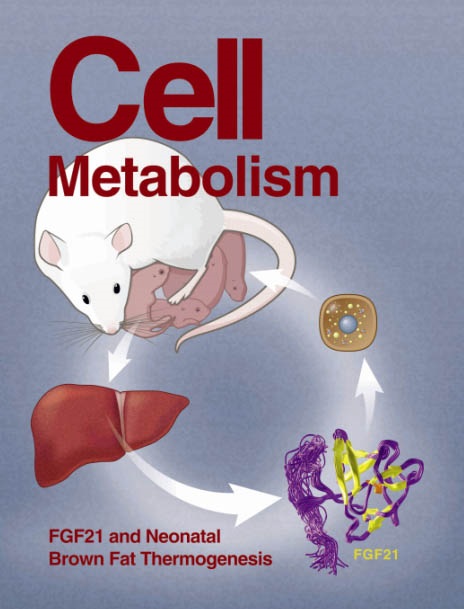营养分配促进T细胞介导的免疫
IF 30.9
1区 生物学
Q1 CELL BIOLOGY
引用次数: 0
摘要
T细胞的激活和功能与代谢重编程有着复杂的联系。T细胞代谢重编程的经典观点集中在葡萄糖作为主要的生物能量燃料,其中T细胞受体(TCR)刺激促进代谢转换,从主要依赖氧化磷酸化(OXPHOS)产生能量到有氧糖酵解(即Warburg效应)。最近的研究表明,这个经典模型过于简单。激活的T细胞同时运行糖酵解和OXPHOS程序,将不同的营养来源分配给不同的生物合成和生物能量命运。此外,对体内和体外T细胞代谢的研究强调,生理性营养供应影响T细胞如何分配葡萄糖,以促进最佳增殖和效应功能。在这里,我们总结了支持效应T细胞代谢修正模型的最新进展,其中战略性营养分配可促进最佳T细胞介导的免疫。本文章由计算机程序翻译,如有差异,请以英文原文为准。
Nutrient allocation fuels T cell-mediated immunity
T cell activation and function are intricately linked to metabolic reprogramming. The classic view of T cell metabolic reprogramming centers on glucose as the dominant bioenergetic fuel, where T cell receptor (TCR) stimulation promotes a metabolic switch from relying primarily on oxidative phosphorylation (OXPHOS) for energy production to aerobic glycolysis (i.e., the Warburg effect). More recently, studies have revealed this classic model to be overly simplistic. Activated T cells run both glycolysis and OXPHOS programs concurrently, allocating diverse nutrient sources toward distinct biosynthetic and bioenergetic fates. Moreover, studies of T cell metabolism in vivo and ex vivo highlight that physiologic nutrient availability influences how glucose is allocated by T cells to fuel both optimal proliferation and effector function. Here, we summarize recent advancements that support a revised model of effector T cell metabolism, where strategic nutrient allocation fuels optimal T cell-mediated immunity.
求助全文
通过发布文献求助,成功后即可免费获取论文全文。
去求助
来源期刊

Cell metabolism
生物-内分泌学与代谢
CiteScore
48.60
自引率
1.40%
发文量
173
审稿时长
2.5 months
期刊介绍:
Cell Metabolism is a top research journal established in 2005 that focuses on publishing original and impactful papers in the field of metabolic research.It covers a wide range of topics including diabetes, obesity, cardiovascular biology, aging and stress responses, circadian biology, and many others.
Cell Metabolism aims to contribute to the advancement of metabolic research by providing a platform for the publication and dissemination of high-quality research and thought-provoking articles.
 求助内容:
求助内容: 应助结果提醒方式:
应助结果提醒方式:


